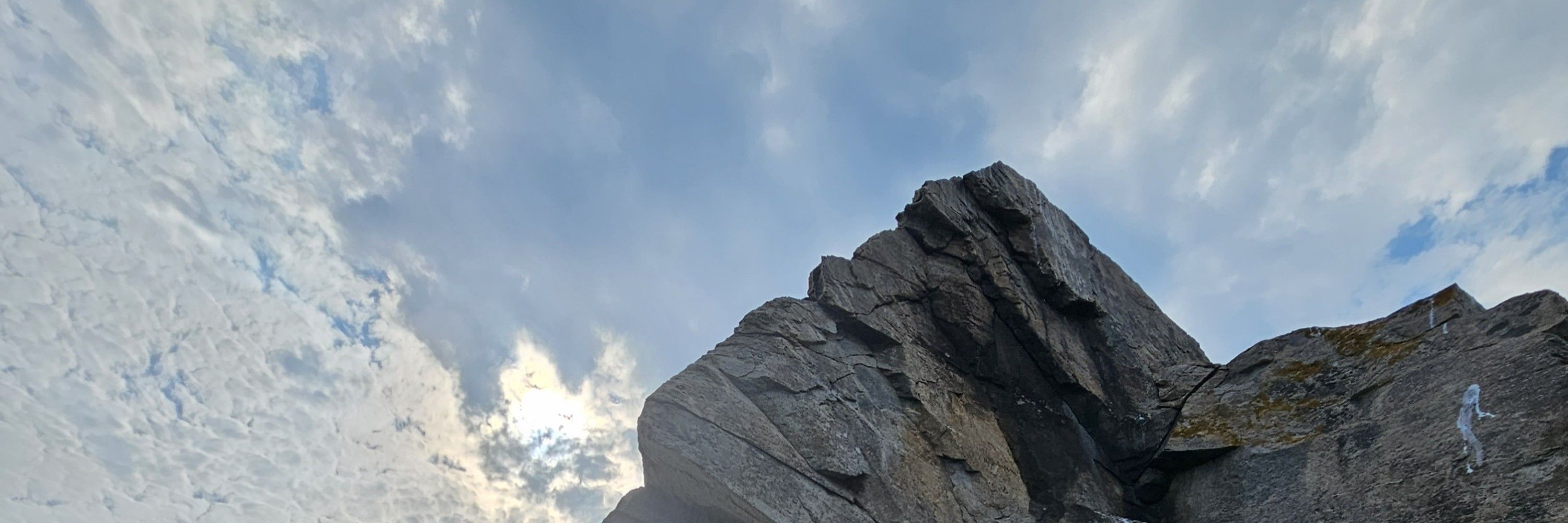
(*) except a certain Swedish Nobel winner :)
9/
(*) except a certain Swedish Nobel winner :)
9/
communities.springernature.com/posts/indo-e...
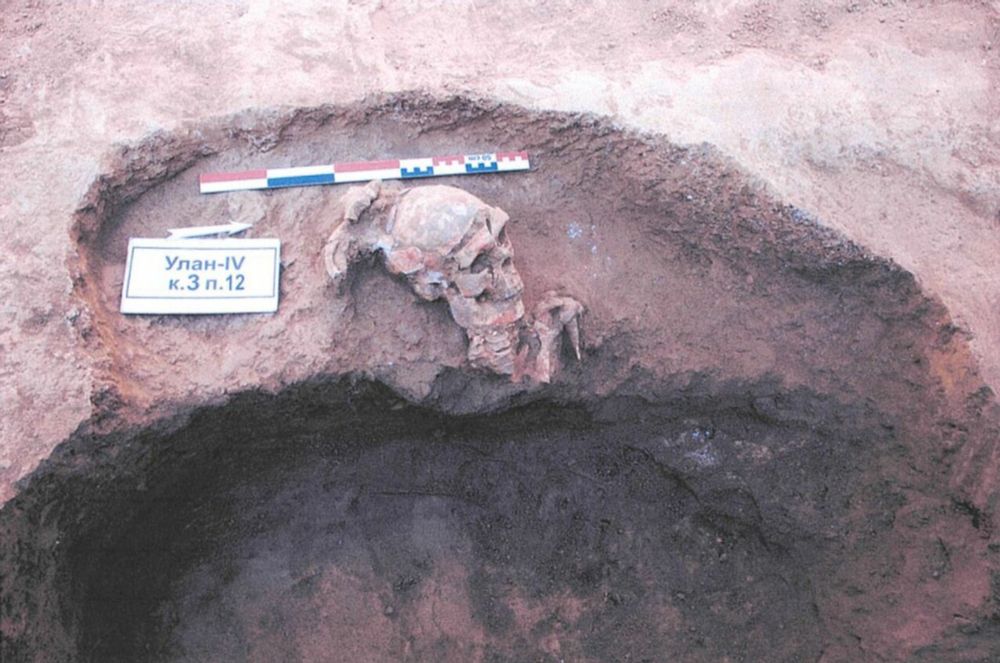
communities.springernature.com/posts/indo-e...
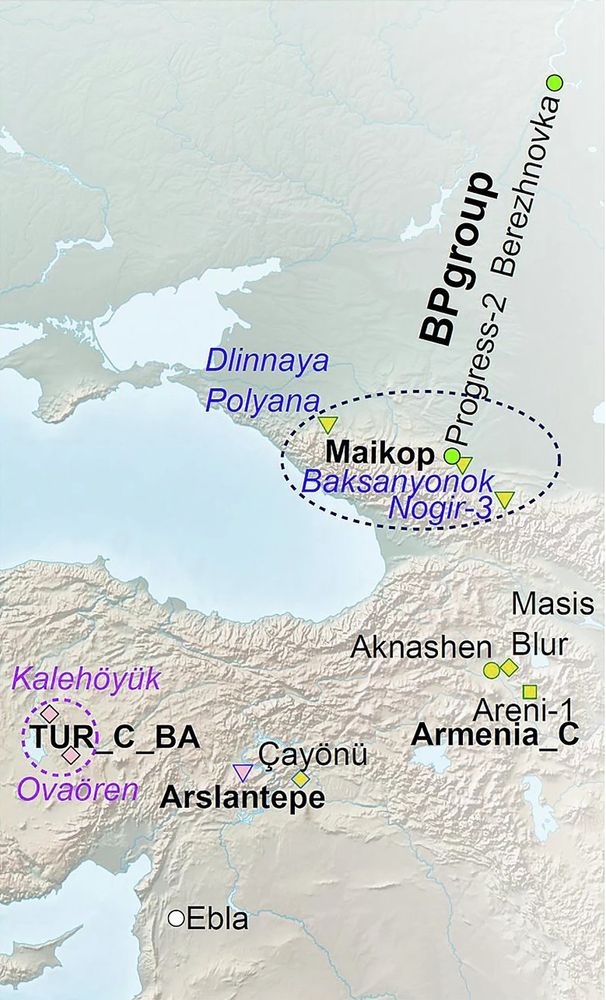
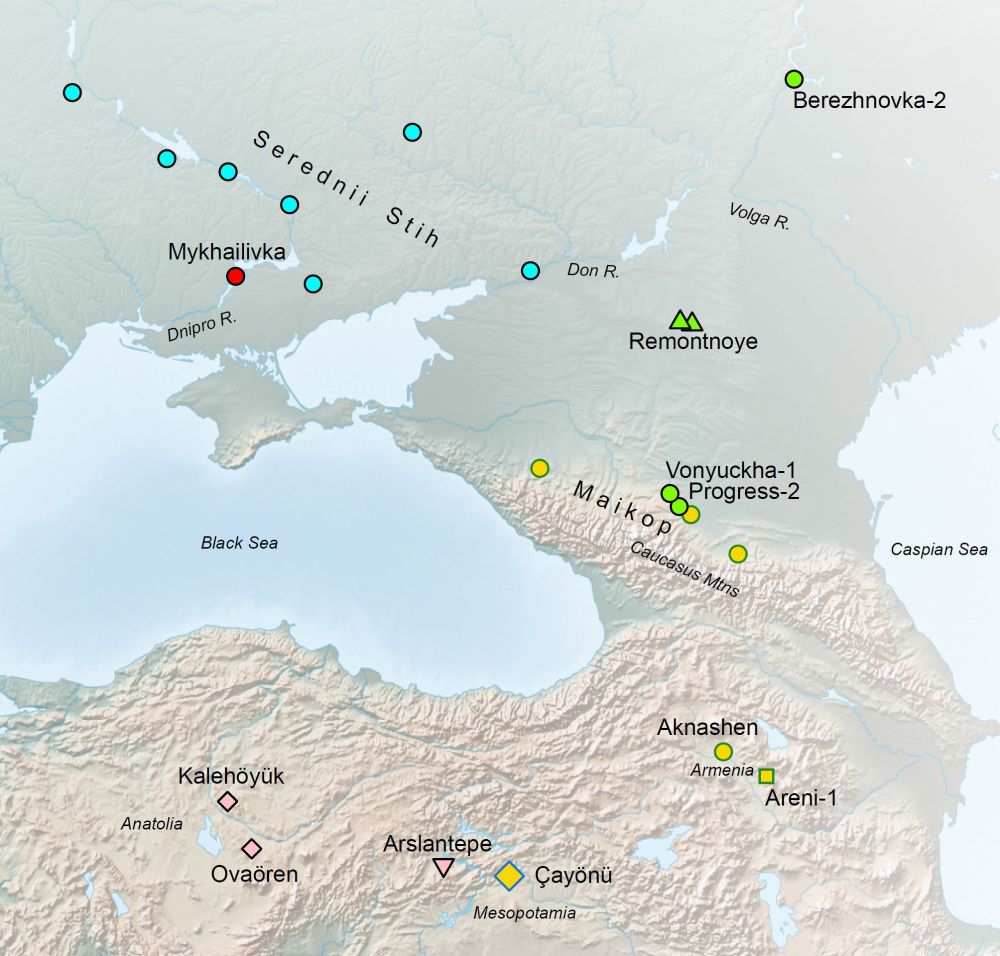
www.nature.com/articles/s41...

www.nature.com/articles/s41...
www.nature.com/articles/s41...
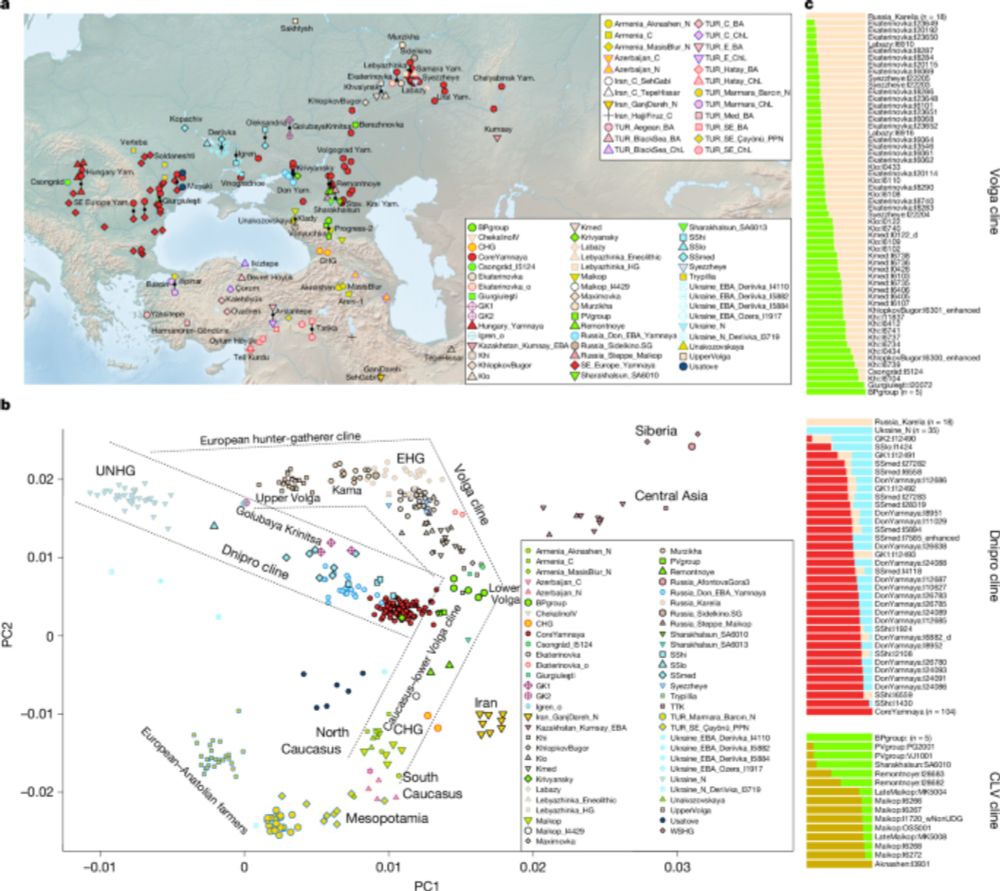
www.nature.com/articles/s41...


